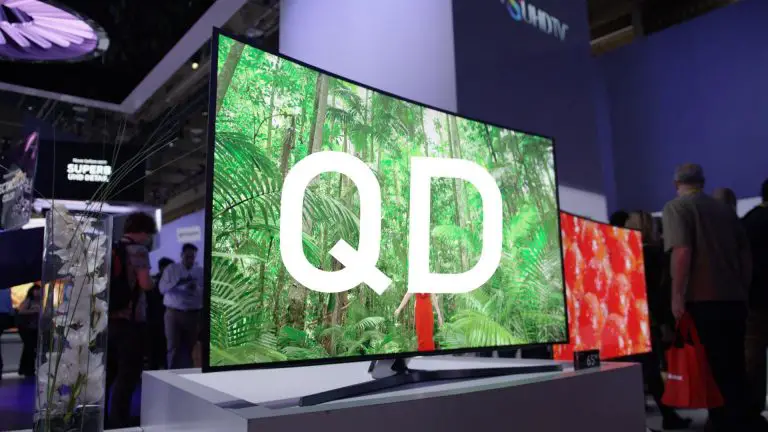In 2015, Samsung TVs with screens made using quantum dot technology went on sale. The company’s marketers decided that due to the transition to the production of displays using new materials, it was necessary to introduce a new name for the TVs; at that time, the name Super was adopted.
Samsung SUHD-QLED TV Features
Samsung’s SUHD range of TVs features quantum dot technology, creating the screen using specially designed ultra-small particles or crystals measuring 1.5-5 nm. The unique composition of these crystals, combined with their exceptional purity, improves light transmission, resulting in bright and saturated colors and a more comprehensive range of color tones. Liquid crystal pixels are created from these advanced materials.
During the evolution of Samsung’s SUHD TVs, terminology has changed due to the banality of the term “super.” The Super UHD TV models lasted only two years, 2015 and 2016. Despite an ad campaign promoting SUHD TVs as best-in-class, the arrival of OLED TVs from LG in 2016 was a formidable competitor with higher picture quality. Therefore, in 2017, Samsung strategically dropped the SUHD brand by introducing quantum dot TVs, commonly known as QLED TVs.
Generations of Samsung TVs with quantum dots
The generations of Samsung’s quantum dot TVs are divided as follows:
- SUHD TVs (2015-2016): The first generation of quantum dot TVs, positioned to provide higher picture quality than traditional LED displays.
- QLED TVs (2017 onwards): The second generation of quantum dot TVs, initially positioned as the next evolution with super screens. Despite the evolution, by 2020, QLED TVs have moved from the high-end category to the budget and mid-range TV category.
- Neo QLED TVs (from 2019): The third generation of quantum dot TVs. In 2019, a significant advancement was the introduction of Neo QLED TVs with 8K resolution. The subsequent 2020 release included the Neo QLED series with 4K resolution, positioning these TVs as mid to high-end TVs, and with the release of Samsung’s OLED TVs, QLEDs took the second tier in the TV hierarchy.
The future of Samsung’s QLED TVs
The trajectory of Samsung’s QLED TV technology appears uncertain despite the advertised support for a 10-bit color depth, promising 1 billion colors in their premium displays. In 2021, Samsung’s decision to divest its LED and QLED screen factory to China’s TCL raises questions about the future of this technology.
Historically, significant divestments of extensive production facilities often occur either at the peak of their value or when the future is deemed particularly risky. Analogous situations, such as Toshiba’s exit from the TV business and the subsequent sale of its division to China’s Hisense, lend context to Samsung’s strategic move.
The rationale behind Samsung’s sale of its extensive LED panel factory becomes evident when considering that LED (QLED) technology has likely reached its zenith. Following the introduction of new materials based on quantum dots, substantial advancements in this technology have been elusive. While QLED displays will continue to enjoy demand for their durability and cost-effectiveness, the future appears to favor OLED screens. The only impediment to OLED’s global competitiveness against QLED displays remains the pricing of the panels. If manufacturers successfully reduce the cost of OLED technology, a widespread transition to such panels may be on the horizon.






